Full text
PDF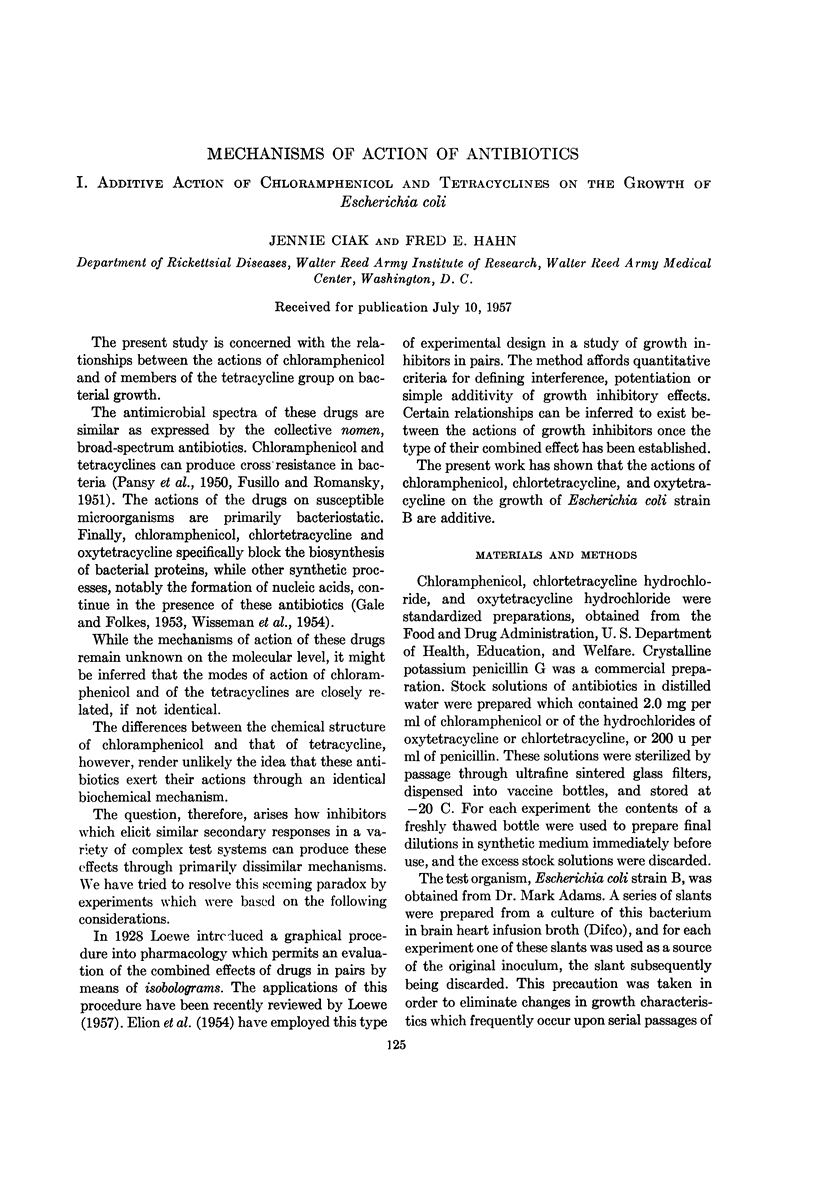
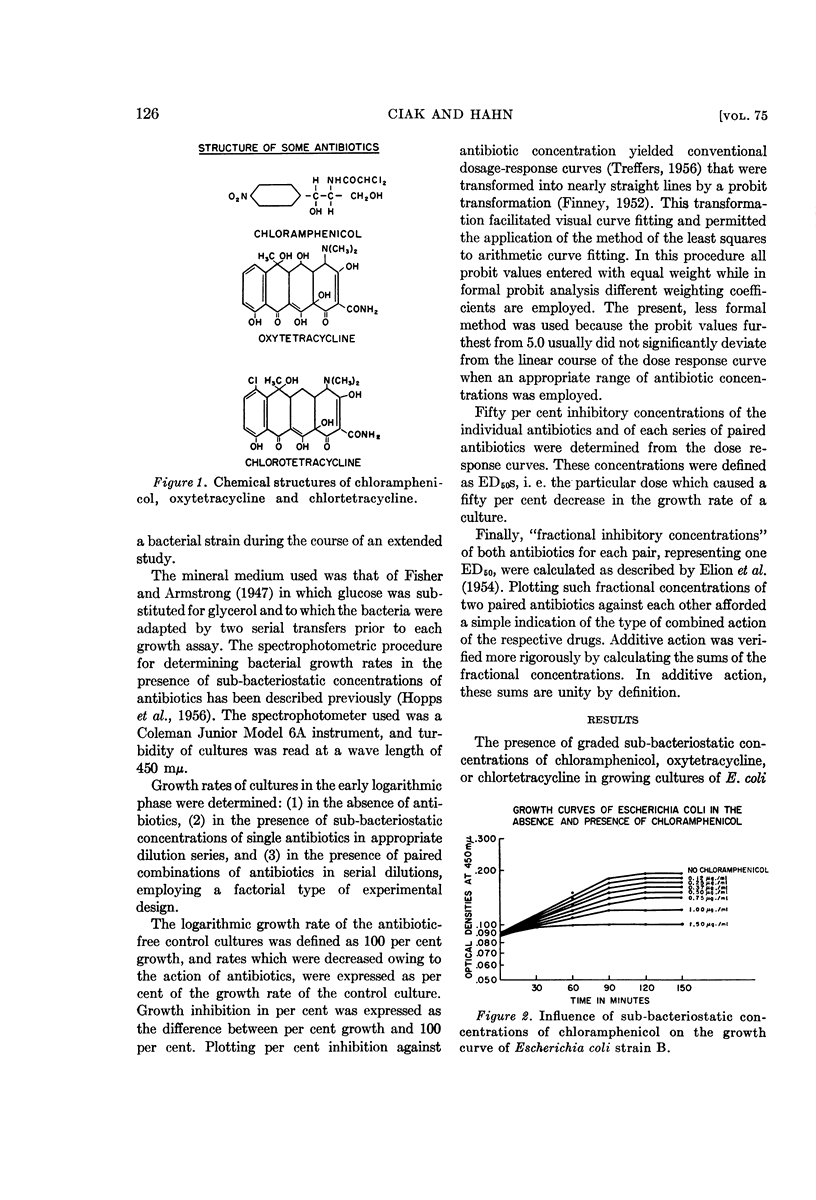
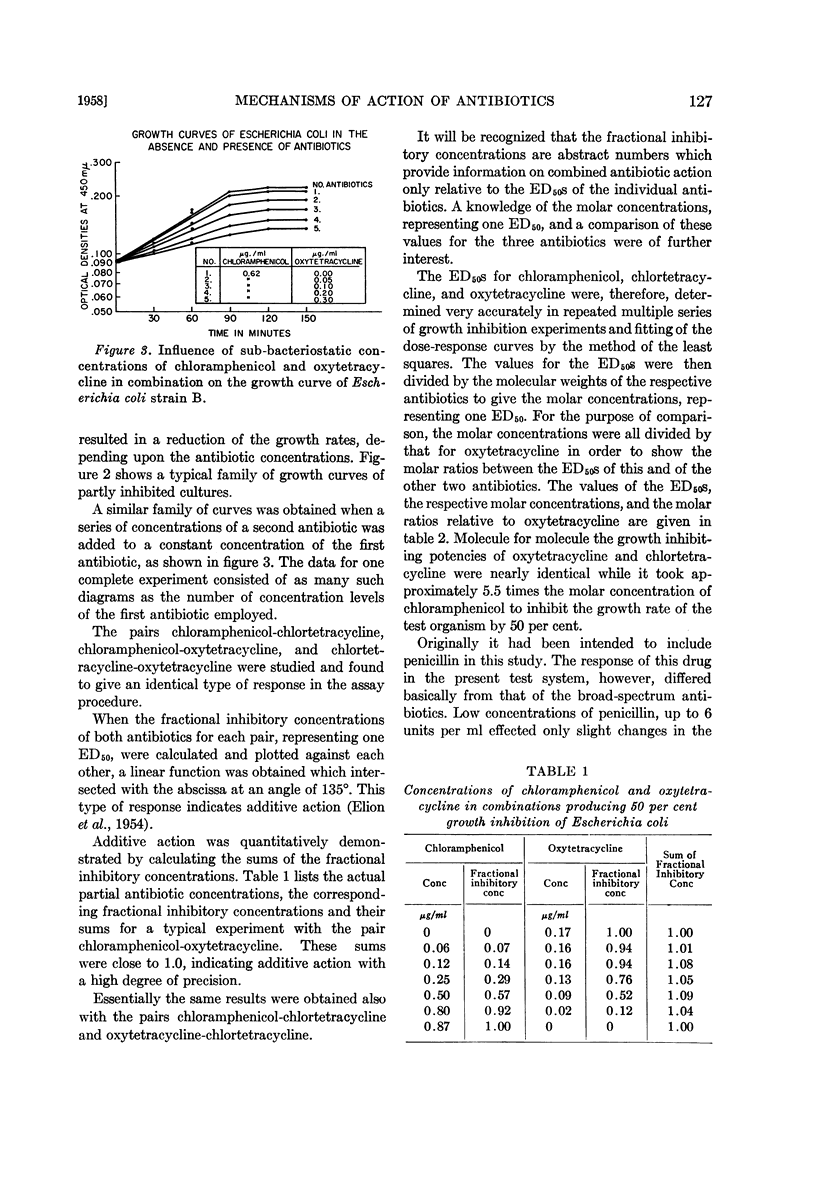
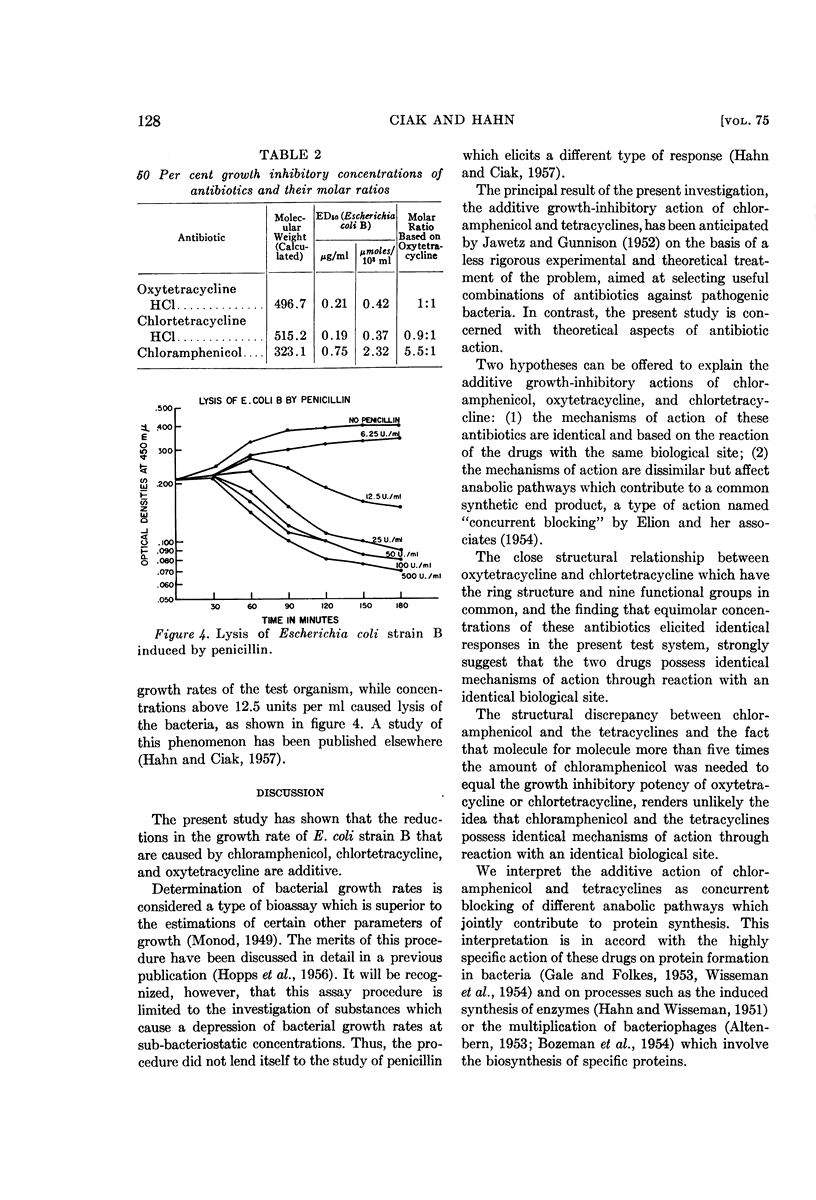
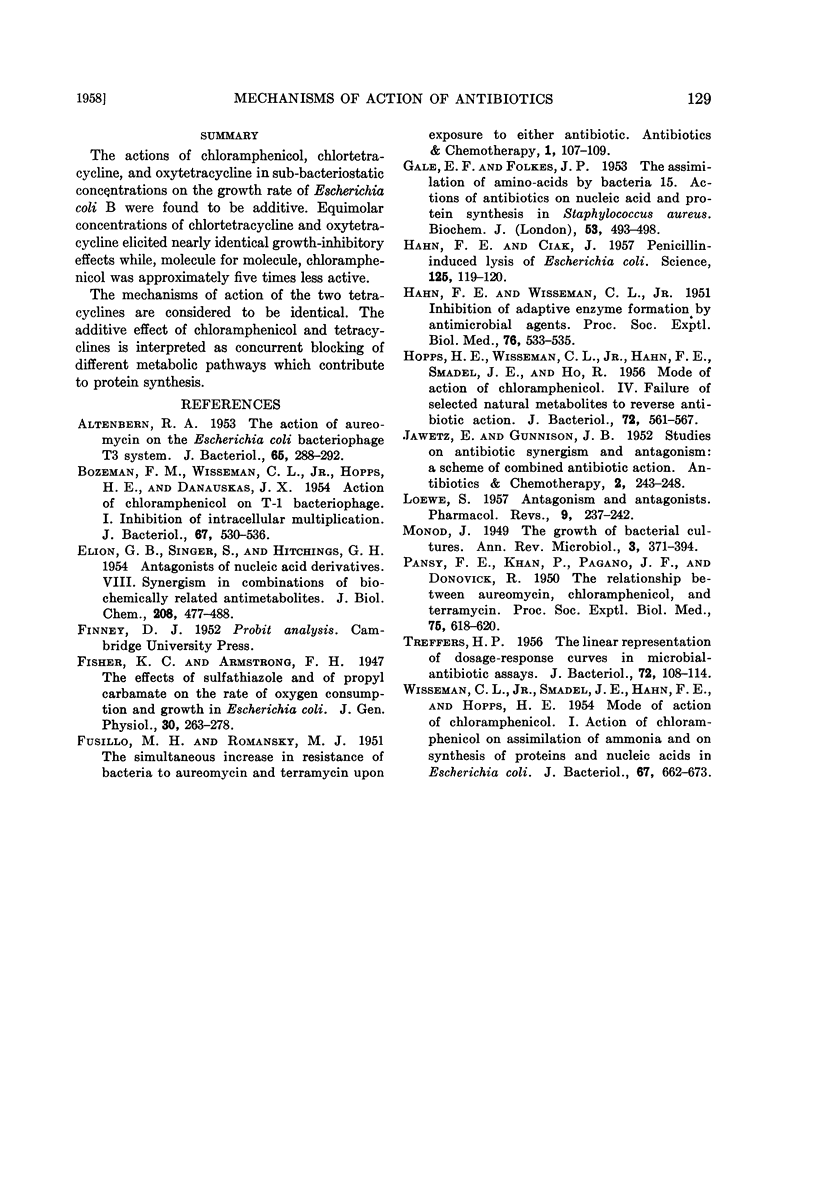
Selected References
These references are in PubMed. This may not be the complete list of references from this article.
- ALTENBERN R. A. The action of aureomycin on the Escherichia coli bacteriophage T3 system. J Bacteriol. 1953 Mar;65(3):288–292. doi: 10.1128/jb.65.3.288-292.1953. [DOI] [PMC free article] [PubMed] [Google Scholar]
- BOZEMAN F. M., WISSEMAN C. L., Jr, HOPPS H. E., DANAUSKAS J. X. Action of chloramphenicol on T-1 bacteriophage. I. Inhibition of intracellular multiplication. J Bacteriol. 1954 May;67(5):530–536. doi: 10.1128/jb.67.5.530-536.1954. [DOI] [PMC free article] [PubMed] [Google Scholar]
- CIAK J., HAHN F. E. Penicillin-induced lysis of Escherichia coli. Science. 1957 Jan 18;125(3238):119–120. doi: 10.1126/science.125.3238.119. [DOI] [PubMed] [Google Scholar]
- ELION G. B., SINGER S., HITCHINGS G. H. Antagonists of nucleic acid derivatives. VIII. Synergism in combinations of biochemically related antimetabolites. J Biol Chem. 1954 Jun;208(2):477–488. [PubMed] [Google Scholar]
- GALE E. F., FOLKES J. P. The assimilation of amino-acids by bacteria. XV. Actions of antibiotics on nucleic acid and protein synthesis in Staphylococcus aureus. Biochem J. 1953 Feb;53(3):493–498. doi: 10.1042/bj0530493. [DOI] [PMC free article] [PubMed] [Google Scholar]
- HAHN F. E., HO R., HOPPS H. E., SMADEL J. E., WISSEMAN C. L., Jr Mode of action of chloramphenicol. IV. Failure of selected natural metabolites to reverse antibiotic action. J Bacteriol. 1956 Oct;72(4):561–567. doi: 10.1128/jb.72.4.561-567.1956. [DOI] [PMC free article] [PubMed] [Google Scholar]
- HAHN F. E., WISSEMAN C. L., Jr Inhibition of adaptive enzyme formation by antimicrobial agents. Proc Soc Exp Biol Med. 1951 Mar;76(3):533–535. doi: 10.3181/00379727-76-18546. [DOI] [PubMed] [Google Scholar]
- LOEWE S. Antagonisms and antagonists. Pharmacol Rev. 1957 Jun;9(2):237–242. [PubMed] [Google Scholar]
- PANSY F. E., KHAN P., PAGANO J. F., DONOVICK R. The relationship between aureomycin, chloramphenicol, and terramycin. Proc Soc Exp Biol Med. 1950 Nov;75(2):618–620. doi: 10.3181/00379727-75-18284. [DOI] [PubMed] [Google Scholar]
- TREFFERS H. P. The linear representation of dosage-response curves in microbial-antibiotic assays. J Bacteriol. 1956 Jul;72(1):108–114. doi: 10.1128/jb.72.1.108-114.1956. [DOI] [PMC free article] [PubMed] [Google Scholar]
- WISSEMAN C. L., Jr, SMADEL J. E., HAHN F. E., HOPPS H. E. Mode of action of chloramphenicol. I. Action of chloramphenicol on assimilation of ammonia and on synthesis of proteins and nucleic acids in Escherichia coli. J Bacteriol. 1954 Jun;67(6):662–673. doi: 10.1128/jb.67.6.662-673.1954. [DOI] [PMC free article] [PubMed] [Google Scholar]


